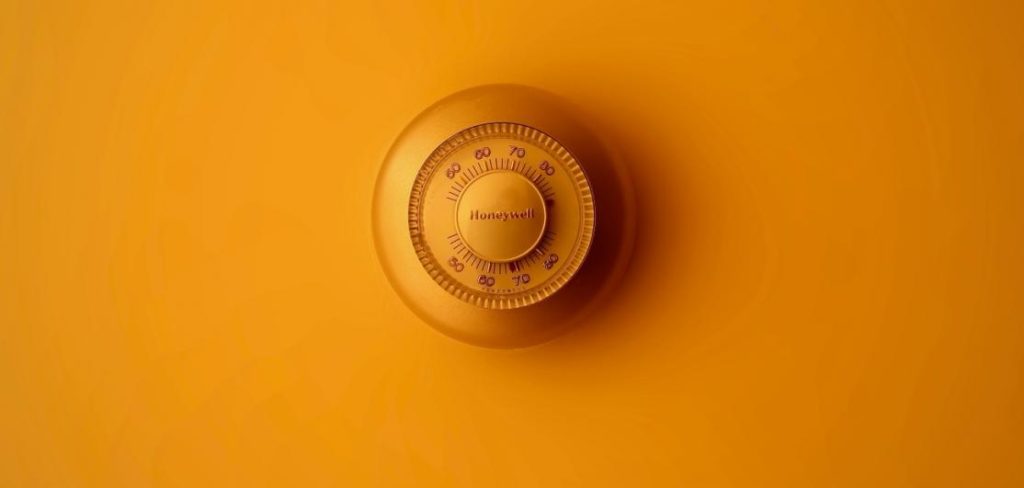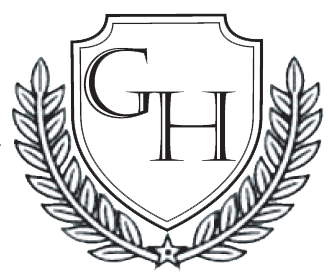
More homes are being outfitted with smart-home technology—devices that enable remote control and monitoring of household systems. A new analysis from Harvard University’s Remodeling Futures Program shows high demand for such devices and predicts the trend to only get bigger over the coming years, despite some recent security concerns and device breaches.
But more than half of consumers say they find the internet of things “creepy,” and three-quarters say they distrust the way data is shared, according to a global survey by the Internet Society. However, only 28% of consumers say they would forgo purchasing smart devices due to security concerns.
Homeowners with high incomes and home values—as well as those under the age of 45—were found to be the most likely to place an importance on having smart-home features, according to a Demand Institute survey.
Adding smart-home devices—particularly devices geared to security and safety, entertainment, climate control, and lighting—led to greater satisfaction among renovating homeowners than those who opted for standard upgrades, according to a 2016 study conducted by Houzz, a home remodeling website.
Devices that can be controlled from a smartphone or computer are particularly in high demand. Sixty-two percent of consumers say they want their smart-home devices to be able to communicate with each other. “Products that can be wirelessly integrated into a seamless, centralized system are poised for more growth,” Harvard University notes in its analysis.
New home shoppers are readily adopting the devices. A survey by John Burns Real Estate Consulting found that in 2017, 80% of new-home shoppers included smart-home upgrades. They were most willing to pay more for smart thermostats and smart security devices.

Source: “More Existing Homes Will Have Smart Home Tech,” Harvard University Housing Perspectives Blog (July 30, 2019)
